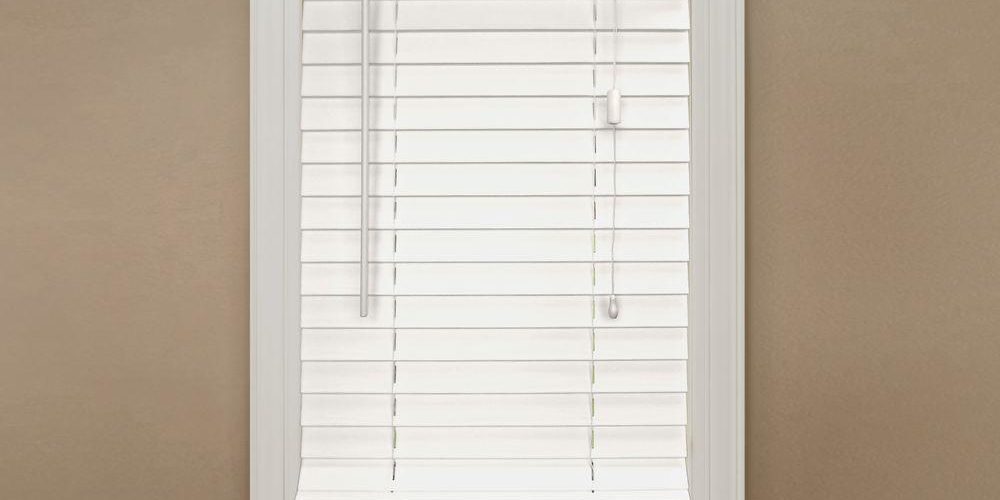Wood Blinds offer the home owner beauty, versatility, and energy efficiency. One of the few window treatments that look as good from without as from within. Wood is a natural insulator and will lower heating and cooling cost year round. Most manufacturers of genuine and hardwood wood blinds have been Greenguard certified. This will ensure that wood blinds placed in your home are non-emitters of toxic fumes. The choice of wood used will be the deciding factor on cost of your project. Prices range from the low hundreds to over a thousand per standard window. Yet the investment will be worth the price for the long lasting beautiful addition to any room in your home.
Once the choice of using wood blinds is made there are other factors that now come into play. Which type of wood, style, slat size, slat number, finish, rout or routless, clothtapes, traditional cord control, cordless, or mechanized, to use? Understanding these terms and the differences available will help in the choice.
Traditionally the choice was to use genuine hard woods. These are oak, maple, and cherry wood. All of which offer open grain textures. The use of genuine hard woods usually means no finish is placed on them. The natural beauty of these woods shines in any room. Not using a stain or finish means no fading or color damage to stained or painted blinds.
The use of North American Hardwoods is a less expensive choice. These are basswood, aspen, or poplar. Poplar has been described as the top humidity resistant hardwood. They can be stained to match any decor or existing furniture. Also they can be stained to emulate genuine hard woods. The consumer can have the look and feel of the more expensive cherry without having the cost. They are lighter than genuine hardwood blinds, and easier to raise and lower.
The third type is Ramin wood. This is a light colored tropical wood. Far less expensive than the other two types. It does weigh 60% more than the others. This will make for harder raising and lowering. Please note that Ramin wood has been placed on Appendix III of CITES (Convention On International Trade In Endangered Species of Wild Fauna and Flora) and cannot be imported without their approval and documentation.
Slat size will determine the style used. Slats for small windows or those near doors are generally only one inch in width. This means more slats per window and can cause a cluttered look when drawn to the top. Slats of two inch width are the most popular and offer a plantation style look. Those slat widths of two and a half to three inches are great for large windows or windows where the view is best. Even when lowered the large slat width allows for the viewer to see out more easily.
Which finish to use will be determined by the type of wood used, and the decor of home. There are four basic color finishes. Genuine Wood – needs no stain or finish, they have been sealed with a protective clear coating, Stained Finish – this will change the appearance to a darker color, Sandblasted Finish – to bring out the grains appearance, Painted Finish – choose paint or lacquer to enhance the room decor.
All blinds have rout holes. These are the holes which the strings pass through to control the raising and lowering of the blinds, and the tilt of the slats. These holes allow light in and designers have created rout options that decrease or eliminate the adverse effects. If television glare and sleeping will not be an issue then traditional routs are fine. For rooms where the light seeping in becomes an issue then the use of routless blinds is the answer. Strings are attached to the back of the blinds, and there are no holes. For a more decorative appeal, cloth is placed over the strings and enhances the appearance of the blinds.
Wood blinds require specific care and maintenance. Following manufacturers guidelines carefully will extend the life of the wood blinds by many years.
<>







